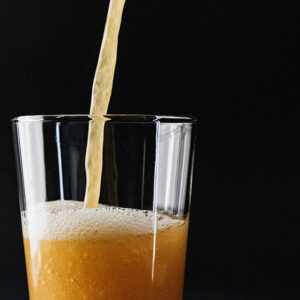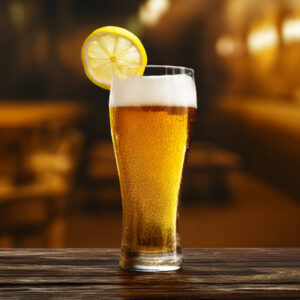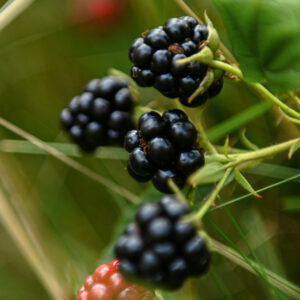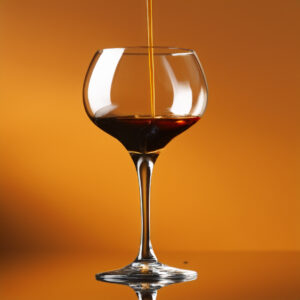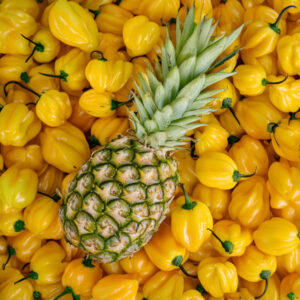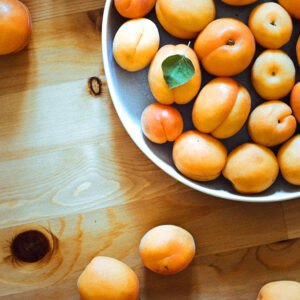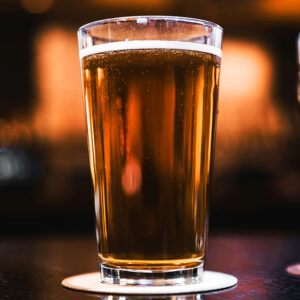
We test commercially bought Wine Tannin vs Black Tea as a tannin additive. Are there any differences? Can we tell which is which?
Tannins are naturally occurring phenolic compounds found in many kinds of plants. Tannins can add a bitter and or astringent component to your brew. They are present in the wood, bark, leaves and fruit of plants as various as oak, rhubarb, tea, walnut, cranberry, cacao and grape’s skins, stems, and seeds. Both red and white grapes have tannins, but the intensity and characteristics vary.
How do tannins work?
They bind to proteins and in a sense, separate them out. Human saliva is full of protein which makes it feel slippery. Tannins in a beverage will bind to those proteins giving your mouth a somewhat drying sensation. This will give your tannic rich beverage some sticking power rather than coming off as watery or thin. Tannins’ protein binding power is also why tannin rich red wines are often paired with fatty meats.
In this video we taste our test subjects after they have aged for a year. This is a simple test using our wine from store bought juice recipe. Would there be more or different differences in say a mead or cider? Perhaps! We don’t know as we only compared them in this particular instance.
Now that you know our results, I’m sure you are curious how we got here. Check out the making of video here.
The test of tea vs wine tannin. Are there differences? Is one superior? Should you use wine tannin? Should you use tea in your wine? Will I stop asking questions? This wasn’t so much about a recipe as it was a comparison between Wine Tannin and Black Tea used as a tannic addition to wine.
Tools We Use
Wine Tannin: https://amzn.to/3CxJL79
Hydrometer: https://amzn.to/3pQniuu
Star San: https://amzn.to/3KrXsGB
Red Star Premier Classique: https://amzn.to/3e0GByO
Mini Digital Weighing Scale: https://amzn.to/3PKrk5w
Glencairn Glasses: https://amzn.to/46ePXfS
Fun t-shirts: https://city-steading.com/product-category/t-shirts/

